
Paul Cezanne Painting Reproductions 16 of 16
1839-1906
French Post-Impressionist Painter
366 Cezanne Paintings
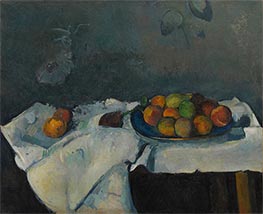
Still Life: Plate of Peaches c.1879/80
Oil Painting
$725
$725
Canvas Print
$76.06
$76.06
SKU: CEZ-18376
Paul Cezanne
Original Size: 59.7 x 73.3 cm
Solomon R. Guggenheim Museum, New York, USA
Paul Cezanne
Original Size: 59.7 x 73.3 cm
Solomon R. Guggenheim Museum, New York, USA
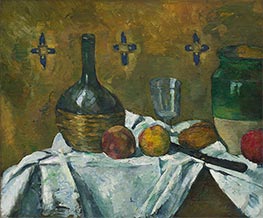
Still Life: Flask, Glass and Jug c.1877
Oil Painting
$711
$711
Canvas Print
$78.90
$78.90
SKU: CEZ-18377
Paul Cezanne
Original Size: 46.2 x 55.2 cm
Solomon R. Guggenheim Museum, New York, USA
Paul Cezanne
Original Size: 46.2 x 55.2 cm
Solomon R. Guggenheim Museum, New York, USA
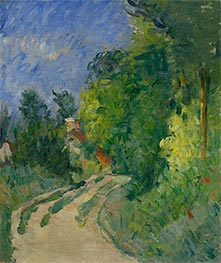
Bend in the Road through the Forest c.1873/75
Oil Painting
$473
$473
Canvas Print
$78.27
$78.27
SKU: CEZ-18378
Paul Cezanne
Original Size: 55 x 46 cm
Solomon R. Guggenheim Museum, New York, USA
Paul Cezanne
Original Size: 55 x 46 cm
Solomon R. Guggenheim Museum, New York, USA
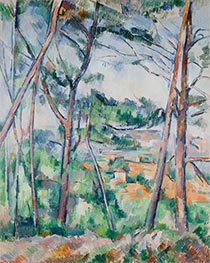
Landscape Near Aix, The Plain of the Arc River c.1892/95
Oil Painting
$814
$814
Canvas Print
$74.70
$74.70
SKU: CEZ-18661
Paul Cezanne
Original Size: 82.5 x 66.3 cm
Carnegie Museum of Art, Pittsburgh, USA
Paul Cezanne
Original Size: 82.5 x 66.3 cm
Carnegie Museum of Art, Pittsburgh, USA
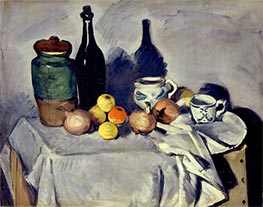
Still Life (Fruit and Crockery) c.1869/71
Oil Painting
$700
$700
Canvas Print
$73.51
$73.51
SKU: CEZ-18800
Paul Cezanne
Original Size: 64.5 x 81.5 cm
Gemaldegalerie, Berlin, Germany
Paul Cezanne
Original Size: 64.5 x 81.5 cm
Gemaldegalerie, Berlin, Germany
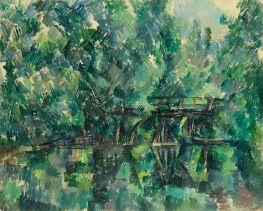
Bridge over the Pond c.1898
Oil Painting
$839
$839
Canvas Print
$75.04
$75.04
SKU: CEZ-19602
Paul Cezanne
Original Size: 64 x 79 cm
Pushkin Museum of Fine Arts, Moscow, Russia
Paul Cezanne
Original Size: 64 x 79 cm
Pushkin Museum of Fine Arts, Moscow, Russia